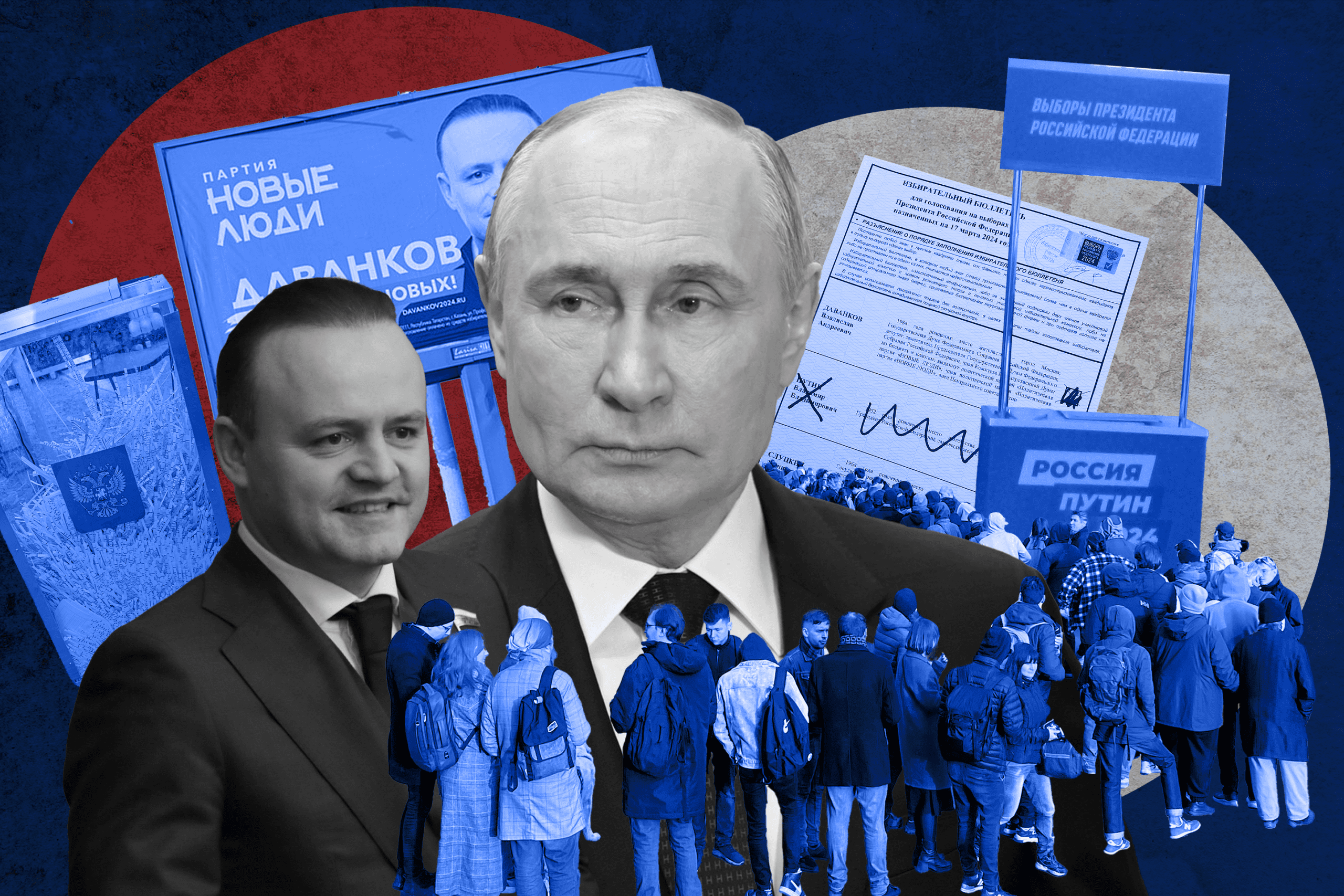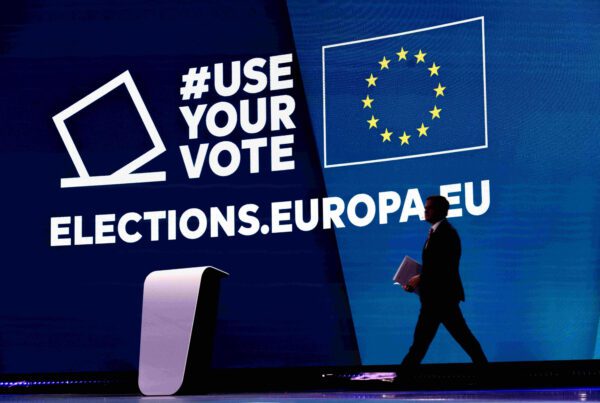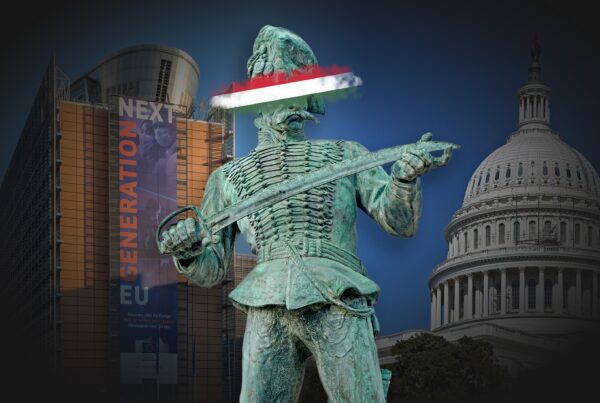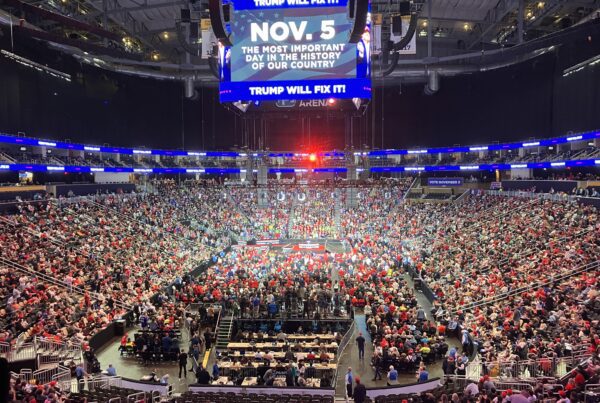The re-election of Vladimir Putin on March 15-17, 2024 should not be read literally: it was a plebiscite to validate the president as the embodiment of the nation and its supreme military commander. That does not mean the elections are not important—they are—but their function is not to select a new leader, but rather to consolidate the society ever more strongly around the existing one.
The elections play two other important roles. First, they test the administrative machine’s capacity to deliver the expected results. On that front, the results seem to affirm the robustness of that capacity. The Kremlin’s goal was reportedly to capture 85% of the vote, a goal it surpassed by securing almost 88% of the vote on a participation rate of nearly 78%—the highest percentage in a presidential election in post-Soviet Russia.
Regional governors performed their job and delivered results, especially in some ethnic republics (Chechnya, Dagestan, Bashkortostan) and regions (Krasnodar Krai, Belgorod, etc.) known for their zeal, and in the annexed Ukrainian territories—Crimea, Donetsk, Luhansk, etc. The regime also deployed social initiatives to push citizens into voting (a 3-day vote means that public sector employees voted on their workday under the watchful gaze of their bosses). At the same time, the system had to stuff ballots to secure about 20 million votes, which can be interpreted in two ways: either that the “administrative resources” are no longer strong enough to avoid committing massive fraud, or that fraud is needed when the Kremlin sets its aims too high (such as the 85% of this year). Second, the performance of an election is an opportunity to increase horizontal, social pressures on citizens. Since the early 1990s, the regime has closely monitored public opinion to ensure that it can preempt political protests: its “polit-technologists” have worked closely with a vast array of polling agencies that provide both political and commercial services. Over the years, it has also developed extensive “feedback” mechanisms (obratnaia sviaz’—a tradition coming from Soviet times) to capture public opinion’s perception of state-sponsored storylines.
In its relationship to ideology, the Russian regime is thus best classified as authoritarian, not totalitarian: it does not believe that it can completely recalibrate the brains of its citizens (though it does believe that it can do so when it comes to attitudes towards the West). Rather, it aims to marginalize or eliminate the public availability and accessibility of rival ideologies and heavily incentivizes public allegiance. Popular acquiescence is sufficient for the regime to function; it does not need to be translated into active support or enthusiasm. On the contrary, too much genuine commitment to the cause can be dangerous, as seen in the Kremlin’s ambivalent relationship to the jingoistic “Z” patriotic movement and its simultaneous cooptation and repression.
The Russian regime is thus best classified as authoritarian, not totalitarian: it does not believe that it can completely recalibrate the brains of its citizens…Popular acquiescence is sufficient for the regime to function; it does not need to be translated into active support or enthusiasm.
At the core of the regime’s relationship with public opinion lie constraints on public discourse: practices and rituals are central to signaling ideological conformity. That people may not believe what they say publicly and may privately dispute the regime’s claims is a secondary concern. This is a smart strategy that makes citizens uncertain about whether their (antiwar) views are shared by their compatriots/those around them. Given this uncertainty, they are pushed toward self-censorship and feelings of isolation. Securing 88% of the vote in a presidential election signals national unanimity, and thus pushes those with dissenting views to self-silence—even if several tens of thousands of people courageously went to lay flowers on Navalny’s grave and if some brave individuals sought to disrupt elections in their precincts by pouring green liquid in the ballot box or setting it on fire.
The other candidates authorized to participate received a particularly low number of votes: the Communist Party candidate, Nikolai Kharitonov, collected less than 5%—a low score for a party usually seen as the last, at least symbolic, form of allowed opposition in Russia. The Liberal Democratic Party of Russia secured a little more than 3%—its faceless new leader Leonid Slutsky is unable to keep the party attractive since the death of its flamboyant far-right leader, Vladimir Zhirinovsky.
One should also note the 1.3 million invalid or blank votes cast (only 1.57% of the total), a large part of which can likely be considered as an opposition vote. But the most interesting case has been the new “New People” party led by Vladislav Davankov, launched with the goal to represent a kind of “liberal” political offer. Deputy Chair in the State Duma of Russia since 2021, Davankov is fully a member of the system, but has carved out a modest amount of room for manuever for himself. He did not recognize the independence of the self-proclaimed Donetsk and Luhansk People’s Republics in February 2022 and has called for an end to censorship, but has conservative views on moral values and has played a key role in introducing a bill to make gender transition illegal.
Davankov’s real electoral success has been inside opposition districts—the intellectual districts of Moscow, St. Petersburg, or Novosibirsk—as well as among Russian diasporas abroad, which were highly mobilized and polarized by the elections. Putin was still reported to have gathered around 70% of the vote of Russians voting abroad (almost 300,000 people), but Davankov gathered the most votes in many European precincts opened by Russian embassies, especially in Montenegro, Serbia, Netherlands, Czech Republic, Poland, and Israel, the latter of which saw more than 50% support for Davankov and less than 20% for Putin. In the post-Soviet space, Putin gathered better results (around 70% in Baku, Bishkek, and Tallin) but Davankov was still hovering at around 20% or 30%, which gives us an idea of what would have been the authentic results in a more democratic environment. Just after the elections Davankov rapidly disappointed his supporters by rallying to Putin and his vision of the war.
The other driving motor of legitimacy has been the state’s ideological construction, which has provided narratives and worldviews that continue to help the majority of Russian citizens make sense of the present reality.
While the elections are still important in a non-democratic environment, their symbolic value shouldn’t be overestimated. The part of the population that supports the regime is consolidated around the president not only by this once-every-six-years symbolic moment of unity but by everyday mechanisms of legitimation. Indeed, the financial and material support offered to the constituencies that constitute Putin’s base are much more important: more than 40% of the population, mostly public employees and the retirees, live on the state budget (they are called biudzhetniki) and families who have a member on the frontline in Ukraine have benefited from the state’s generous support. As Levada Center sociologist Denis Volkov noted, “the large-scale redistribution of state resources in favor of those worse off has caused noticeable shifts in popular perceptions of fairness for the first time since 1990.”
The other driving motor of legitimacy has been the state’s ideological construction, which has provided narratives and worldviews that continue to help the majority of Russian citizens make sense of the present reality. The feeling of an existential war with the West favors defensive consolidation: interpreting events such as the terrible terrorist attack at the Crocus City Hall in Moscow a few days after the elections as potentially connected to Ukraine—even if the bombing was claimed by ISIS-K—accentuates the feeling of being under direct and immediate threat.
The regime has thus succeeded at silencing the minority that disagree with it. It has done so by deploying vertical repressive measures and taking advantage of horizontal pressures that cause people to self-censor.
The regime has thus succeeded at silencing the minority that disagree with it. It has done so by deploying vertical repressive measures and taking advantage of horizontal pressures that cause people to self-censor in order to avoid cognitive dissonance with their social environment and their loved ones. The authorities’ ability to find the right balance between, on one side, mobilizing provincial and rural Russia to go to war through ideological and material motivations, and, on the other side, shielding the rest of society—and especially the middle classes—from the impact of that same war will be critical to the long-term stability of the regime.
Marlene Laruelle is a Research Professor of International Affairs and Political Science at the George Washington University and the director of the Illiberalism Studies Program.
Image made by John Chrobak using “Russian voters line up at embassy in Armenia 2” by Dor Shabashewitz licensed under CC BY 4.0; “Berlin Noon Against Putin asv2024-03-17 img28” by A.Savin licensed under Free Art License; “Sholban Kara-ool and Vladislav Davankov (19-12-2023).jpg” by duma.gov.ru licensed under CC BY 4.0; “Предвыборная агитация на билборде кандидата в президенты России 2024 года Владислава Даванкова.JPG” by MarSaf licensed under CC BY-SA 4.0; “Владимир Путин (08-03-2024)” by kremlin.ru licensed under CC BY 4.0.







